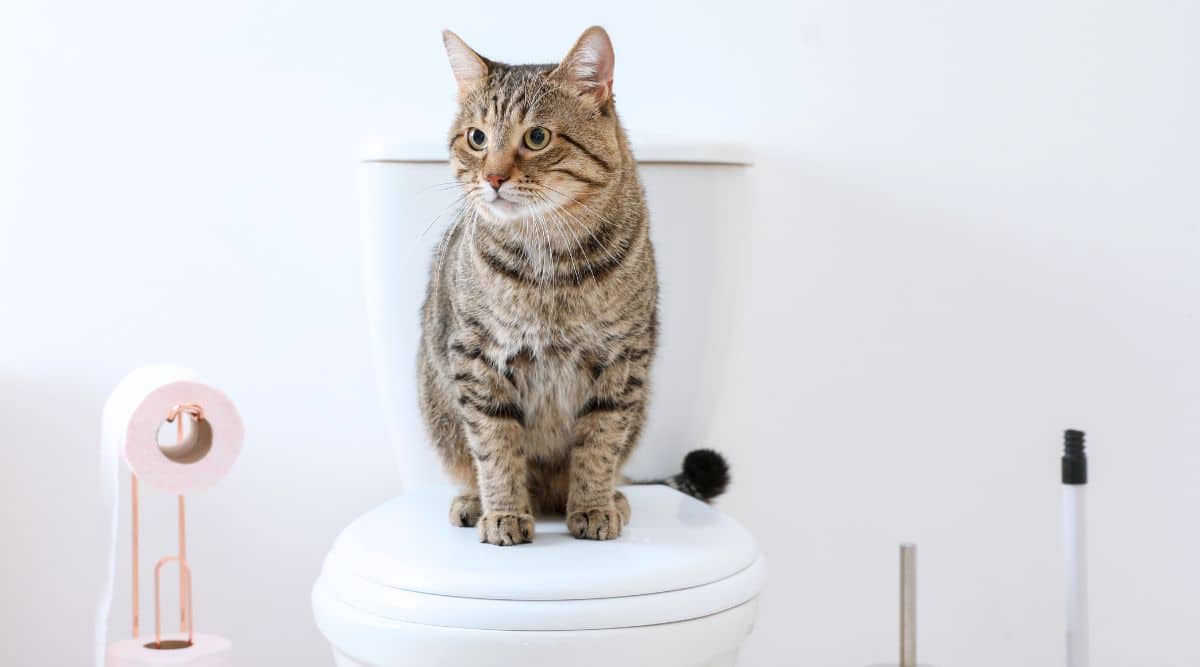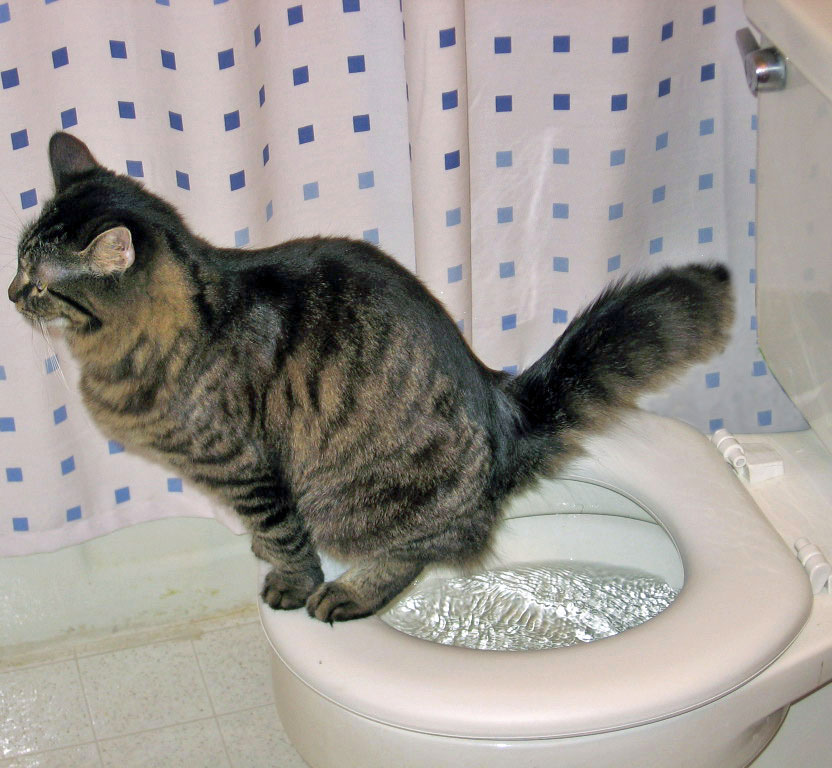Prevent Clogs and Damage: Never Flush Cat Poop Down Your Toilet - Expert Insights
Prevent Clogs and Damage: Never Flush Cat Poop Down Your Toilet - Expert Insights
Blog Article
Everyone maintains their unique idea on the subject of Don’t flush cat feces down the toilet.

Introduction
As cat proprietors, it's essential to bear in mind just how we deal with our feline pals' waste. While it might seem practical to purge cat poop down the commode, this technique can have damaging repercussions for both the environment and human wellness.
Alternatives to Flushing
Luckily, there are much safer and more accountable ways to get rid of cat poop. Think about the following options:
1. Scoop and Dispose in Trash
One of the most typical approach of taking care of cat poop is to scoop it right into an eco-friendly bag and throw it in the trash. Make certain to use a devoted trash scoop and take care of the waste promptly.
2. Use Biodegradable Litter
Go with biodegradable feline litter made from materials such as corn or wheat. These litters are eco-friendly and can be safely dealt with in the garbage.
3. Bury in the Yard
If you have a yard, take into consideration hiding pet cat waste in an assigned location far from veggie yards and water sources. Be sure to dig deep adequate to prevent contamination of groundwater.
4. Mount a Pet Waste Disposal System
Invest in a pet dog waste disposal system especially designed for pet cat waste. These systems make use of enzymes to break down the waste, lowering smell and ecological effect.
Health and wellness Risks
Along with ecological concerns, flushing feline waste can likewise pose health and wellness risks to humans. Feline feces might consist of Toxoplasma gondii, a bloodsucker that can cause toxoplasmosis-- a potentially extreme ailment, specifically for expectant females and people with weakened immune systems.
Ecological Impact
Flushing cat poop introduces dangerous virus and bloodsuckers into the water system, positioning a significant risk to marine environments. These impurities can negatively impact marine life and concession water quality.
Verdict
Liable pet possession prolongs beyond offering food and sanctuary-- it additionally involves appropriate waste management. By refraining from flushing cat poop down the toilet and choosing alternative disposal approaches, we can lessen our ecological impact and shield human health and wellness.
Why Can’t I Flush Cat Poop?
It Spreads a Parasite
Cats are frequently infected with a parasite called toxoplasma gondii. The parasite causes an infection called toxoplasmosis. It is usually harmless to cats. The parasite only uses cat poop as a host for its eggs. Otherwise, the cat’s immune system usually keeps the infection at low enough levels to maintain its own health. But it does not stop the develop of eggs. These eggs are tiny and surprisingly tough. They may survive for a year before they begin to grow. But that’s the problem.
Our wastewater system is not designed to deal with toxoplasmosis eggs. Instead, most eggs will flush from your toilet into sewers and wastewater management plants. After the sewage is treated for many other harmful things in it, it is typically released into local rivers, lakes, or oceans. Here, the toxoplasmosis eggs can find new hosts, including starfish, crabs, otters, and many other wildlife. For many, this is a significant risk to their health. Toxoplasmosis can also end up infecting water sources that are important for agriculture, which means our deer, pigs, and sheep can get infected too.
Is There Risk to Humans?
There can be a risk to human life from flushing cat poop down the toilet. If you do so, the parasites from your cat’s poop can end up in shellfish, game animals, or livestock. If this meat is then served raw or undercooked, the people who eat it can get sick.
In fact, according to the CDC, 40 million people in the United States are infected with toxoplasma gondii. They get it from exposure to infected seafood, or from some kind of cat poop contamination, like drinking from a stream that is contaminated or touching anything that has come into contact with cat poop. That includes just cleaning a cat litter box.
Most people who get infected with these parasites will not develop any symptoms. However, for pregnant women or for those with compromised immune systems, the parasite can cause severe health problems.
How to Handle Cat Poop
The best way to handle cat poop is actually to clean the box more often. The eggs that the parasite sheds will not become active until one to five days after the cat poops. That means that if you clean daily, you’re much less likely to come into direct contact with infectious eggs.
That said, always dispose of cat poop in the garbage and not down the toilet. Wash your hands before and after you clean the litter box, and bring the bag of poop right outside to your garbage bins.
https://trenchlesssolutionsusa.com/why-cant-i-flush-cat-poop/

I stumbled upon that piece of writing about How to Dispose of Cat Poop and Litter Without Plastic Bags while doing a lookup on the web. Do you know about anybody else who is serious about the subject? Feel free to share it. Thank-you for taking the time to read it.
Book Maintenance Report this page